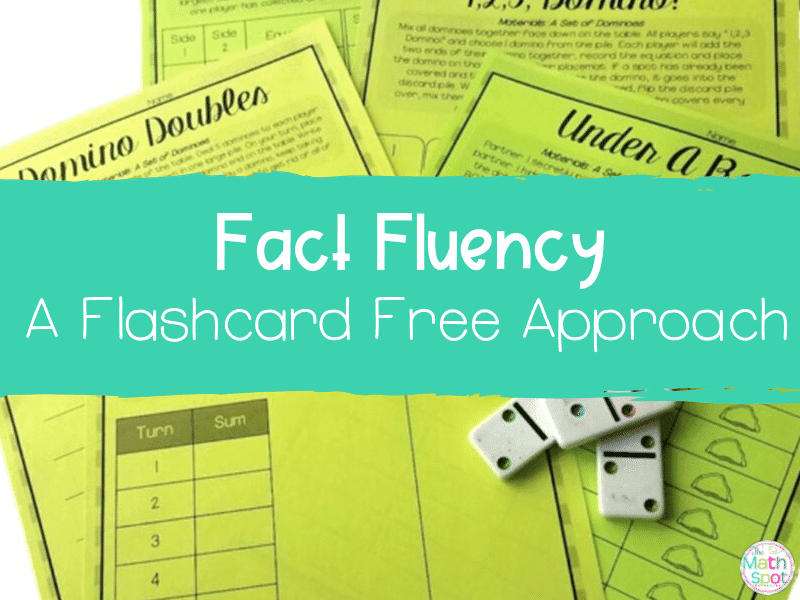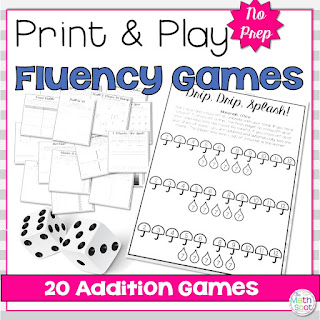This post contains affiliate links. This means that when you make a purchase, at no additional cost to you, I will earn a small commission.
A portion of the links and recommendations in this post are affiliate links. This means that at no additional cost to you, I will earn a commission if you choose to make a purchase. I have personally read each of these books or used these tools and would not recommend them if I did not appreciate the quality of the resource that I received.
A few years back I read the book “Math Running Records in Action” by Dr. Nicki Newton. What I appreciated most about this text wasn’t necessarily the math running records process (although I’ll tell you, it’s a great way to look at assessing fluency!) What I really loved about the text was her description of how facts are acquired and how students become fluent within their facts.
You have heard me say, time and time again, that CRA (concrete, representative, abstract) is the way to go when it comes to teaching math and fact fluency is no exception! When learning about math facts students first need to understand the operation at the concrete level, they can then link that understanding to representations and, eventually, they will be able to perform at the abstract level solving problems through mental processes.
The cool thing about fact acquisition is that you can apply the CRA process over and over to different types of facts.
Teaching +1 Facts?
- Why not start on a Rekenrek!
- As your students become fluent with the beads, this will become a strategy students can do mentally- and quickly!
Teaching Doubles?
- Think about using dice and dot patterns.
- Subitizing activities paired with an equation will help move these facts to the “fluent” column in no time.
What About Make a Ten?
- Start with linking cubes in columns of ten.
- Think about how to show this on a ten frame
- Eventually, your students will become fluent with the strategy and associated facts.
No matter which strategies you choose to teach fact fluency, know that moving from concrete to abstract is going to take A LOT of practice! This is why Greg Tang created games like Kakooma. He wanted students to practice a high volume of facts so that once they are at the abstract stage these facts can become internalized and students will become fluent.
If you are a first or second grade teacher looking for practice for your students, I have created this set of 20 addition games that I know you will LOVE. All you need to do is print them out and they will be ready to go! Within the resource you will find 5 math games to be played with a paperclip (together with your pencil, it forms a spinner!), 5 math games to be played with dice, 5 math games to be played with playing cards or numeral card and 5 math games to be played with dominoes.
Want to try before you buy? Click HERE to grab the 5 spinner games for free! I know your students will love them and you will too!
_________________________________________________________________________________
Related Resources:






